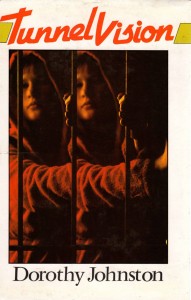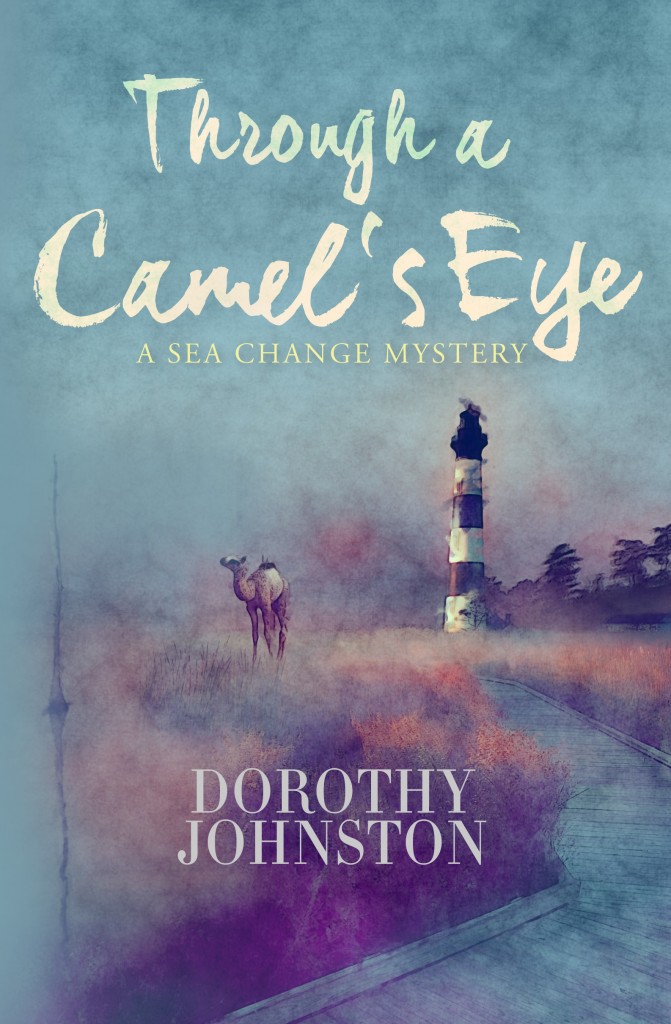
In 1983, when West Block was first released, there had been very little prose fiction set in Australia’s national capital. The first published novel to be set in Canberra was Plaque With Laurel, by M.Barnard Eldershaw, the pen name of Marjorie Barnard and Flora Eldershaw. It appeared in 1937. TAG Hungerford’s Riverslake was published in 1953, then there is a gap of twenty-four years till Robert Macklin’s The Paper Castle in 1977. Blanche d’Alpuget’s Turtle Beach, 1981, was followed two years later by Sara Dowse’s West Block. West Block was and remains a pioneering work.
In Ric Throssell’s biography of his mother, Katharine Susannah Prichard, he notes her comment that Canberra was ‘like a town made by Pinocchio. All that neatness and prettiness, so far removed from the struggle for existence.’
Prichard’s view was a false one, as people who have lived in Canberra for any length of time will know, but probing beneath the false view, forging a place for Canberra in Australian literature, took courage and effort, and was quite often received with a hostility which may seem strange to readers in 2020.
I consider it a privilege to review a re-issue of West Block almost forty years after its first release. The novel is as timely now as it was in the 1980s, combining, as it does, unforgettable insights into the workings of federal politics with an imaginative study of flawed human lives.
West Block begins with a prologue dated December 1977, then is divided into five sections, taking readers into the hearts of five very different characters.
George Harland has risen to a senior position in the Department of Prime Minister and Cabinet and has served for more than two decades under Coalition governments, compared with only three under Labor, these three being the Whitlam years. His commitment is to the smooth running of government, rather than policies or political visions. Then his daughter Marion announces she is leaving her husband and her two young sons. Her politics are far to the left of her father’s and George suddenly finds himself re-considering his life and the work which has formed such a large part of it. How far this re-consideration takes him is left for readers to decide.
The government is about to decide whether or not to open a new uranium mine. Henry Beeker, lower in the hierarchy than George Harland, but still a senior, experienced public servant, brings all his skill and intelligence to bear on ensuring that the decision is a responsible one. A trip to Brussels almost ends in disaster, while back home, Beeker and others work through draft after draft of their submission. Then they have to face the Cabinet.
Catherine Duffy is caught up in the chaos that was Saigon as the city fell to the North Vietnamese. Catherine has got to know a number of Vietnamese refugees as part of her work with overseas students, and become friends with one family in particular. In 1975 she is sent to Saigon to assist with the evacuation of children, and is able, through an act of personal courage, to help one of her friend’s relatives to escape.
Economist Jonathan Roe seeks compromise with the hard-liners in his own department, as well as in Treasury. A personal crisis threatens to undo him, but his outlook on life is profoundly changed by the birth of a child.
And Cassie Armstrong, head of the small, dedicated Women’s Equality Branch, watches as their ability to bring about change for women is eroded and side-lined. Exhausted and demoralised, Cassie finally reaches breaking point.
West Block, the building, is the novel’s sixth protagonist, containing a host of minor characters as well as the main ones. In her Author’s Note, prefacing the new edition, Dowse says, ‘the building itself galvanised me. The minute I walked into it I wanted to write its story, but now that I was in a position to, I was up against the prejudice against Canberra, most particularly Canberra’s public service.’
Dowse began working in West Block when she joined Prime Minister and Cabinet to head their inaugural Women’s Affairs Section, where she remained until 1977. She resigned in protest after the unit was moved to another department.
Readers first meet West Block on a summer night when ‘the naked white building stood out like an iceberg on a northern sea’. Collapse is imminent, but we must wait to discover why.
In lyrical prose and images that are crystal clear, Dowse celebrates Canberra’s physical beauty through each markedly different season. ‘Russet leaves brushed against the window. The fog had lifted; the sun shone white and gold.’ Autumn gives way to winter and winter to spring, while inside the departments and the Parliament, bureaucrats who genuinely believe their role is to serve the public struggle against bitter disappointment.
In this beautifully produced new edition, Dowse’s voice speaks to readers across the decades, in a voice that is at once intimate, authoritative, sad, and yet hopeful too.
This review was published in the Canberra Times on September 26. As I say in my review it was a privilege to be asked to write about West Block and to revisit the novel after nearly forty years.














Leave a Reply